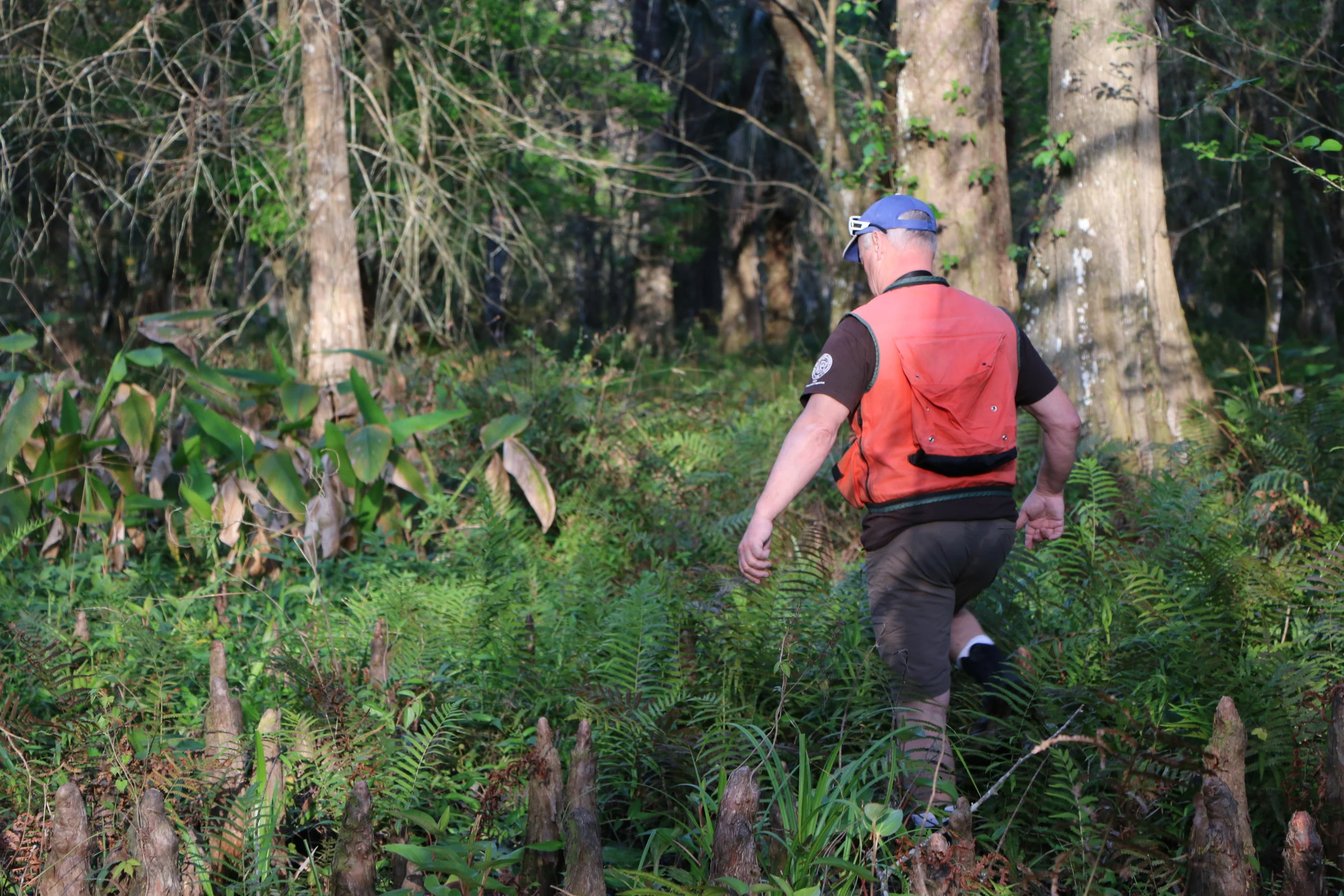Autumn Olive , Autumnberry, Elaeagnus umbellate
(pictured above)
Autumn Olive is a deciduous shrub that grows wild throughout the US. The young twigs of the shrub are silver with brownish scales. The leaves are elliptical and silvery green with small red fruit that arrive in autumn. Autumn olive will always have alternate leaves and tiny glistening scales on twigs, fruit and underside of leaves. The edible red berries are sweet and tart and packed with nutrients, containing more lycopene than tomatoes!
Autumn Berries are revered as powerful medicine in Asia. Native to the mountains in Eastern Asia, the autumn olive has been cultivated for it’s positive characteristics and is still utilized in the diets of Koreans, Chinese, and Japanese in tea, wine, jam, and traditional medicine.
Multiflora Rose, Rosa multiflora
(pictured above)
Multiflora Rose was introduced to the US from Japan in 1886. It is an exotic invasive perennial shrub that can grow up to 10-15 feet or more. The red fruits appear in August are small and plentiful. The fruits persist during the winter months as clusters of round 1/4 inch hips. It grows on a mass of thorny viney stalks, and can be found along stream banks, pastures, roadsides, savannas, forest edges and open woodlands.
Rose hips have so many nutritional benefits. Rose hips and leaves are rich in vitamin c, the hips containing high amounts of carotene and fatty acids. Roses are being studied as a food that reduces certain types of cancer. Common preparations include jelly, jam and syrup.



